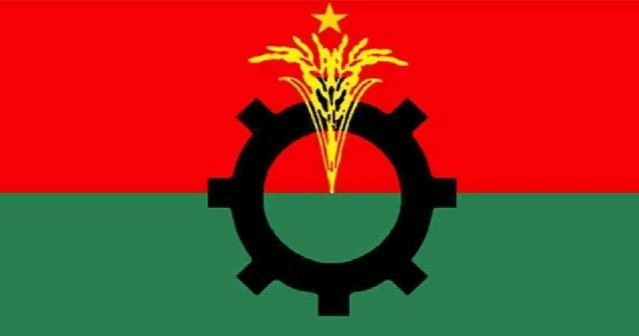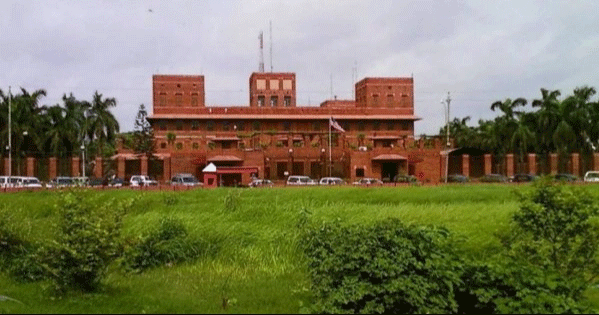Usable reserve much less than $23.57 b
Zarif Mahmud: There is a wide discussion after the publication of net or real reserves of foreign exchange from Bangladesh Bank as per the conditions of the International Monetary Fund (IMF). The central bank released the account of net reserves of $2357 million, excluding $640 million from the gross reserves of $2997 million. However, more than $5 billion from net reserves are invested in various foreign bonds or currencies. This includes both long term and short-term investments.
Central bank invests money from reserves even for one day. It also earns from these investments. Again, there are precedents of losses from investments due to currency depreciation. A portion of these investments are not immediately usable. They have to be monetized with some time. Then they will be usable. As such the actual reserves are even less. With which it will be possible to meet two months of immediate import expenses.
According to the sources, according to the international standards of the IMF, a country is considered safe if its foreign exchange reserves are equal to at least three months of import expenditure in normal times. But the country is heavily dependent on imports and if it imports food, it has to have reserves equal to at least 5 months of import expenditure.
Besides, more reserves should be kept in case of economic crisis or natural disaster. As such, Bangladesh is an import-dependent country. 60 percent of import expenditure can be met with export earnings. As a result, there is a 40 percent trade deficit. This shortfall is met through remittances. Apart from this, international organizations identify Bangladesh as a country prone to economic crisis and natural disasters. For this reason, the reserve of Bangladesh needs to be more than the import expenditure of three months.
An official of the central bank said that money from the reserve is mainly spent on the import sector and foreign debt repayment. None are to be repaid immediately. There is an opportunity to repay with time. There is also an opportunity to extend the term. As a result, immediate expenditure is not covered by any part of the reserves.
It is paid through a plan. As a result, it is not right to think that money from reserves has been invested and blocked. All countries invest reserve money in various sectors. It makes a profit. The central bank has made a profit of Tk 3,000 crore despite the recession of the last financial year. Investment money can be withdrawn when required. International rules are like that.
Meanwhile, the central bank has created various funds from the reserve and given loans to various sectors. Those funds were also shown in the reserve. The IMF objected to this in 2021. In 2022 it imposed as a loan condition. Because of this, initially asked to drop $8 billion. These funds were invested in other sectors. From this, the central bank deducted $1.6 billion. As a result of this, the money taken from the reserve has to be reduced by bringing back some of the $6.4 billion.
Analyzing the data of the central bank, it can be seen that in August 2021, the reserves increased to $48.06 billion. Which is a record in the history of Bangladesh. After this, the corona situation started normalizing. At the same time, the cost of imports also increased. Since then, the reserves have been decreasing. In December 2021, the reserves decreased to $4,615 million. On February 24, 2022, Russia invaded Ukraine. Due to this, the supply of products in the international market is hindered. Reserves in February 2022 were $45.95 billion. Reserves increased in February as compared to January of that year.
But reserves have not risen steadily since February. It fell to $44.15 billion in March. It further fell to $41.83 billion in June. It further declined to $39.6 billion in July. During that time, the average import expenditure per month exceeded $8 billion. In this situation, the central bank-imposed LC margin to control imports from April last year to reduce pressure on reserves. Later it was further extended. Now LC opening is closed without dollar resources.
Reserves continued to decline since June last year. Because the remittance flow also decreases at that time. As a result, the reserve stood at $36.48 billion in September, and it further decreased to $33.77 million in December. Last June was $31.20 million dollars. On July 12, it further decreased to $2,997 million. On the same day, the central bank published the net account of reserves. Net reserve is $2357 million by excluding $6400 million from the gross reserve.
President Joe Biden tests positive for COVID-19 while campaigning in Las Vegas, has ‘mild symptoms’
International Desk: President Joe Biden tested positive for COVID-19 while traveling Wedne…








